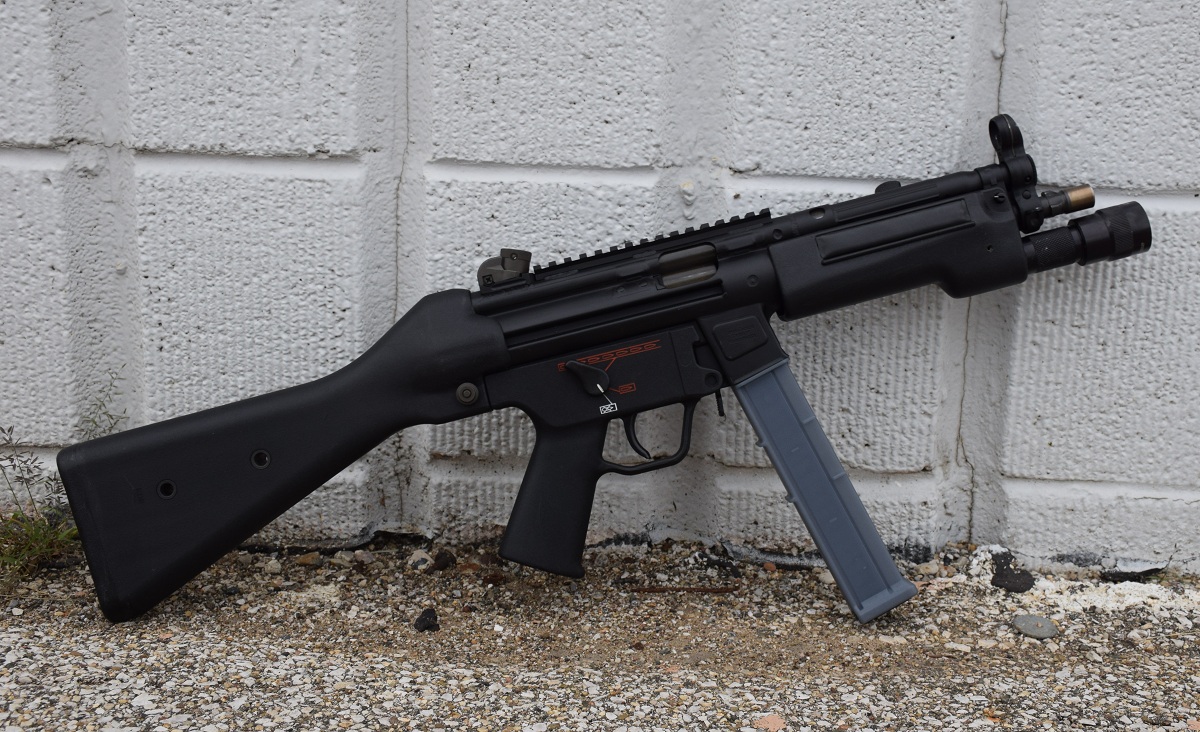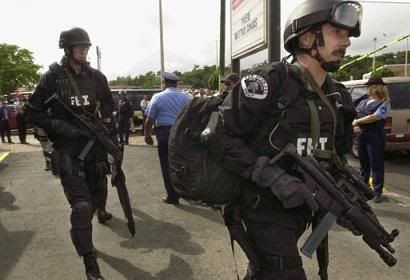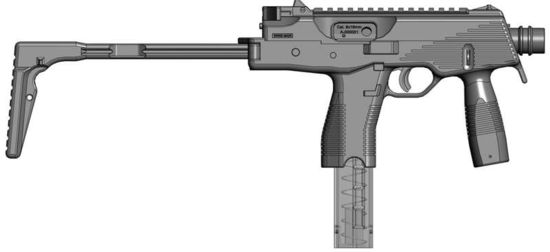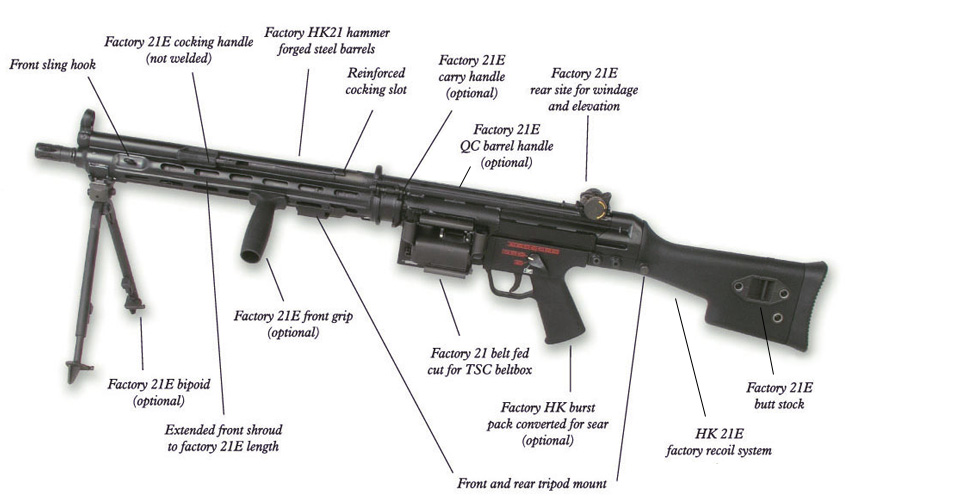PTR 91 PTR-91 is a family of modern, American-manufactured, civilian, semi-automatic rifles. The design is a variation of the Heckler & Koch G3 rifle. These rifles are produced by PTR Industries, Inc. of Aynor, South Carolina. The abbreviation PTR stands for “Precision Target Rifle.” Chambered in 7.62 this rifle is categorized as Battle Rifle
The PSG1 is mechanically based on the G3 rifle and features a low-noise bolt closing device (similar to the forward assist on many M16 rifles). Its shot-to-shot variation is expected to be better than 1 minute of angle (MOA) with match ammunition. This level of accuracy is only average compared to most modern sniper rifles, but is still exceptional for a semi-automatic rifle and at one time was claimed to be "one of the most accurate semi-automatic sniper rifles in the world. Chambered in 7.62x51mm. NATO
MOA SNPR-1/PTRD 41(WW2)/CheyTac M200



The PTRD-41 (Shortened from Russian, ProtivoTankovoye Ruzhyo Degtyaryova;Противотанковое однозарядное ружьё системы Дегтярёва образца 1941 года;“Degtyaryov Anti-Tank Rifle”) was an anti-tank rifle produced and used from early 1941 by the Soviet Red Army during World War II. It was a single-shot weapon which fired a 14.5×114mm round. Although unable to penetrate the frontal armor of German tanks, it could penetrate the thinner sides of early-war German tanks as well as thinly armored self-propelled guns. After World War II the PTRD was also used extensively by North Korean and Chinese armed forces in the Korean War. During this war, William Brophy, an American Army Ordnance officer, mounted a .50 BMG barrel to a captured PTRD to examine the effectiveness of long-range shooting. The weapon proved effective out to 2,000 yards.
(should’ve instagibbed everyone if this is true.)
The Gepárd anti-materiel (GM) rifles are a family of Hungarian weapons designed to destroy unarmored and lightly armored targets. These long range, large caliber rifles have high accuracy as well as high muzzle velocity. The Gepárds originate from World War I anti-tank rifles developed by the Germans to damage armored vehicles. Since then, anti-materiel rifles fell into disuse. Heavier tanks meant thicker armor, which even the heaviest rifles could not pierce. However, in 1987 the Hungarian army sought to obtain a compact, mobile weapon that could damage lightly armored targets. The project, led by Ferenc Földi (Institute of Military Technology of the Hungarian People’s Army), culminated in the creation of the Gepárds. Chambered in 12.7×108mm B32 and .50 BMG





















